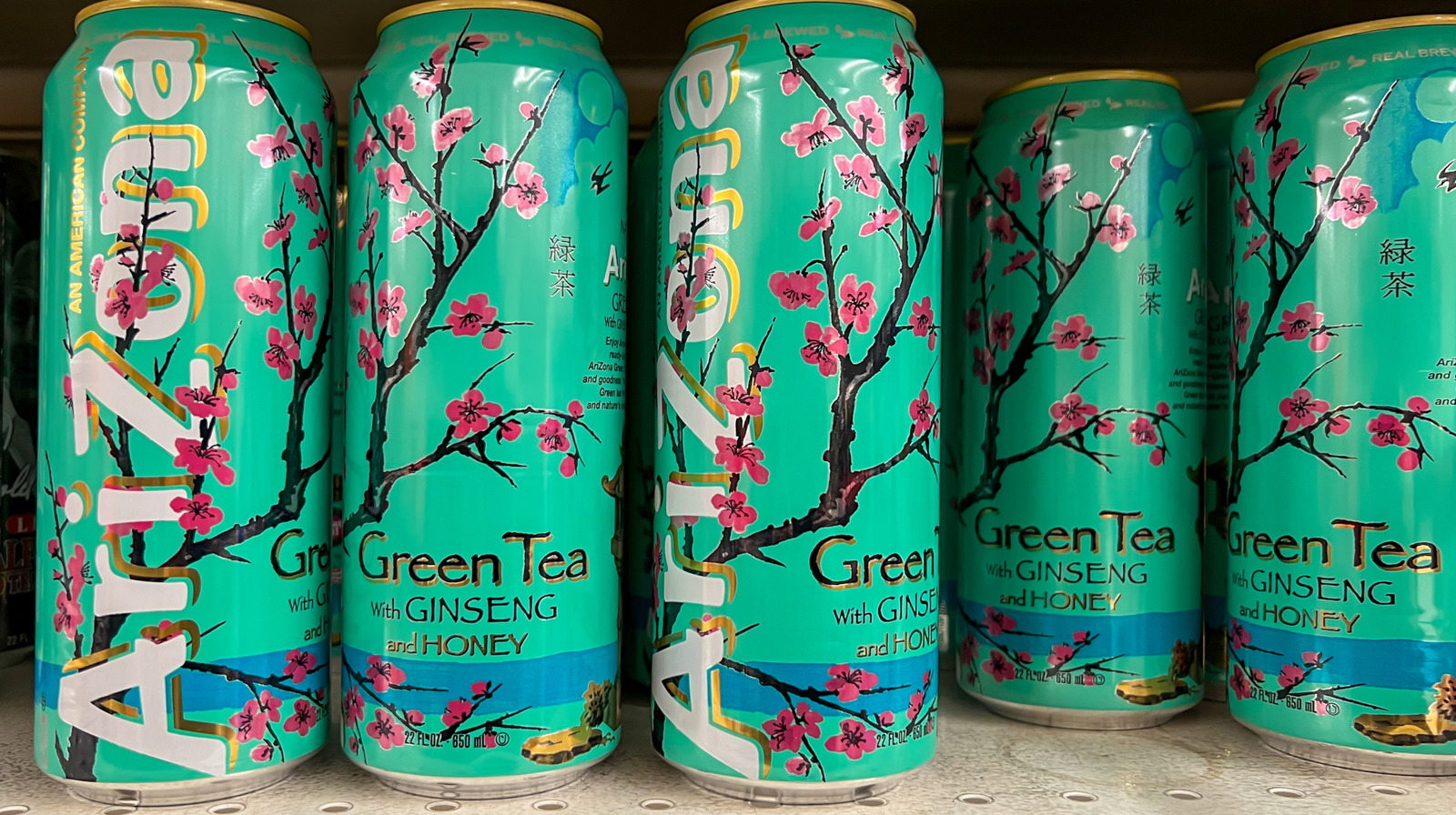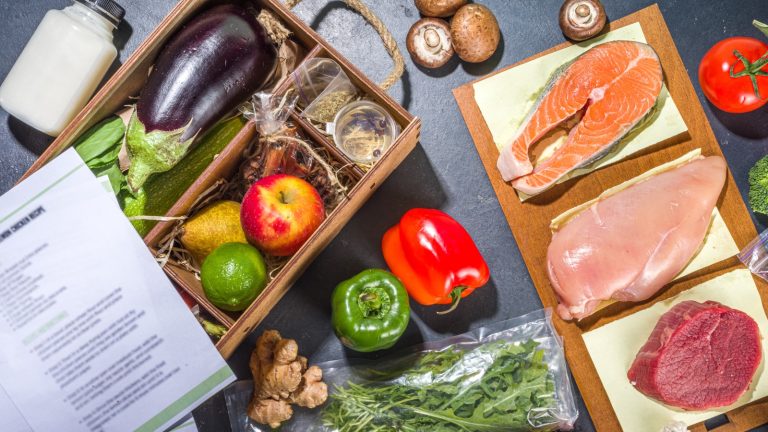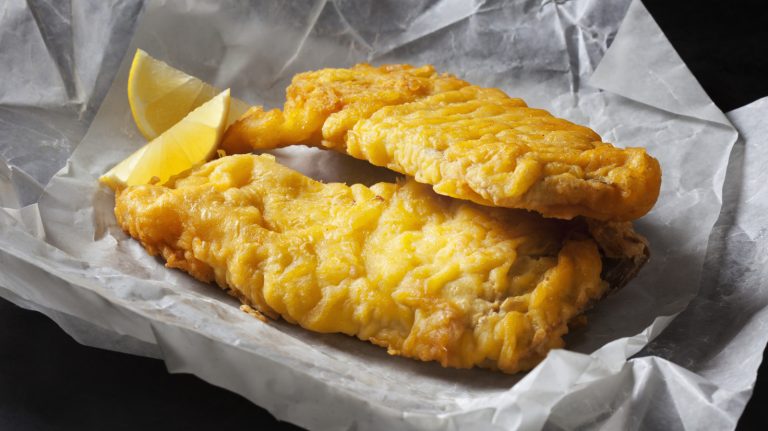Nothing beats cracking open a can of Arizona green tea on a sunny day. But is the sweet refreshment an energizing enough replacement for an iced latte? Probably not; it’s common knowledge that coffee releases more caffeine than tea. However, if you know how much caffeine is in tea, you’ll also be aware that green tea is one of the lowest stimulants. In other words, there’s a definite lack of potency; no wonder you haven’t woken up yet. As a general rule of thumb, Arizona states that its green tea contains between 8 to 10 mg of caffeine per 12 oz. That’s substantially less than a tall iced latte at Starbucks, which contains 115.6 mg of caffeine.
For those curious about the content of cans versus bottles, it’s essential to differentiate between their sizing. A quick glance at the company’s website shows that the average “big cans” contain 22 ounces, while the transparent plastic bottles contain 20 ounces. Assuming an average of 9 mg per 12 oz, there are 0.75 mg of caffeine per ounce of Arizona green tea. That results in a grand total of 16.5 mg of caffeine in big cans of green tea and 15 mg in bottles. Need an early morning boost? Tall cans are the most caffeinated option.
Do Arizona products have varying caffeine levels?
The caffeine in Arizona products varies on a tea-by-tea basis. It makes sense, given that green tea is a notoriously weaker stimulant than black tea. Ranking every Arizona tea flavor from worst to best, it’s easy to see the versatility and range of the company’s beverages. It could be worth branching out for a tailored approach to energy levels (not just your tastebuds).
Unsweetened teas are on par with the company’s green tea, providing another option for customers avoiding intense caffeine intake. The Arizona Sweet Tea is what starts the stimulant scale climbing; this type contains 9 to 11 mg per 12 oz. Arnold Palmer Half & Half comes second highest, with 12 to 14 mg per 12 oz. Finally, Peach Tea is the most caffeinated, containing 18 to 20 mg per 12 oz. These more caffeinated drinks are more likely to impart a subtle buzz, although the effects are typically milder than alternatives like energy drinks or coffee.
Since the recommended daily intake of caffeine is under 400 milligrams, it’s safe to assume you can enjoy a few Arizona teas. Our advice? Primarily pay attention to flavor (avoid RX Energy Herbal Tonic; it’s the invigorating Arizona iced tea we found to be anything but). If you prefer the taste of lowly caffeinated Arizona tea, pick it for pure enjoyment. Concentrate on traditional caffeine fixes for guaranteed energy boosters instead — Starbucks, anyone?






